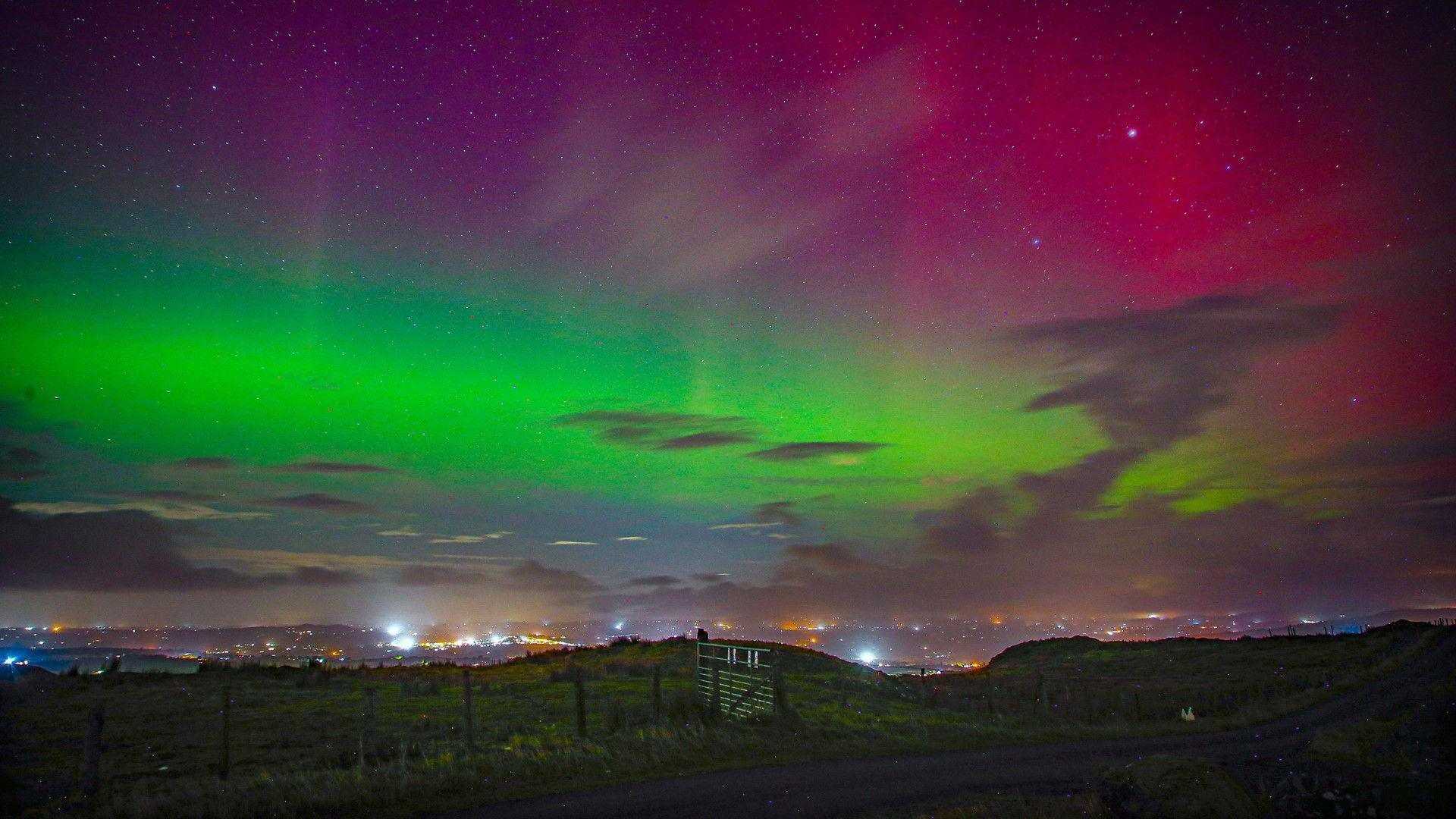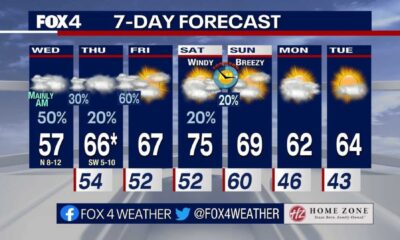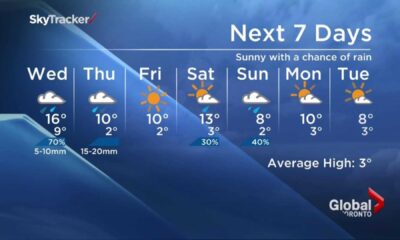News
Northern Ireland Braces for Spectacular Northern Lights Display

Residents of Northern Ireland have been advised to prepare for an extraordinary celestial display on Thursday night, as the Met Office forecasts a strong likelihood of the Northern Lights being visible in the region. This prediction comes amidst heightened solar activity, which has set the perfect atmospheric conditions for witnessing this natural phenomenon locally.
The Northern Lights, or aurora borealis, are vibrant light displays that typically grace the skies of polar regions. They are created when solar winds, comprised of charged particles from the sun, collide with gases in the Earth’s atmosphere. According to the Met Office, recent solar activity has increased the frequency of these displays throughout 2024, a phenomenon influenced by the sun’s 11-year “solar cycle.” Krista Hammond, the Met Office’s space weather manager, explained, “The sun goes from solar minimum, where we see very few sunspots, to solar maximum, where we see the most. Sunspots are responsible for solar storms, which create the Northern Lights. As it is now, we are at what is expected to be the solar maximum, so we are seeing a lot of sunspots and more frequent auroras.”
Northern Ireland’s geographical proximity to the northern horizon and the current solar maximum have afforded its residents multiple opportunities this year to witness these awe-inspiring nocturnal displays. However, observers are frequently advised to utilize cameras, including smartphone cameras, as these devices can capture the vivid colors of the auroras that are often subtle to the naked eye. John Fagan, who manages the popular Facebook page “Irish Aurora Chasers,” remarked, “You can definitely see the aurora with the naked eye, including all of the various colours. I’ve seen all of the colours without any equipment, but you need to make sure you are away from any light pollution for the best chance of seeing the lights.”
To optimize their chances of viewing the aurora, the Met Office advises clear skies, which are predicted in patches for the coming evening. A geomagnetic storm caused by a burst of solar energy is expected to reach Earth’s atmosphere, enhancing the auroras’ visibility even at lower-than-usual latitudes. Observers are encouraged to head to coastal regions, away from urban light pollution, and turn off all artificial lighting to prevent interrupting the natural experience.












